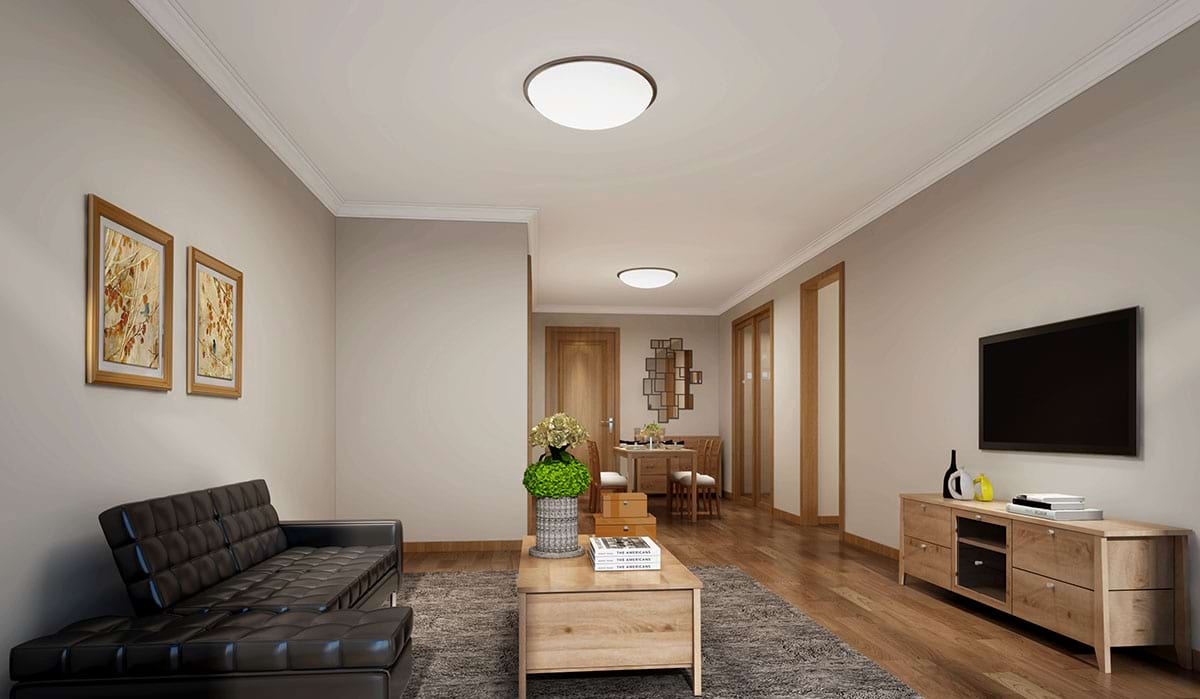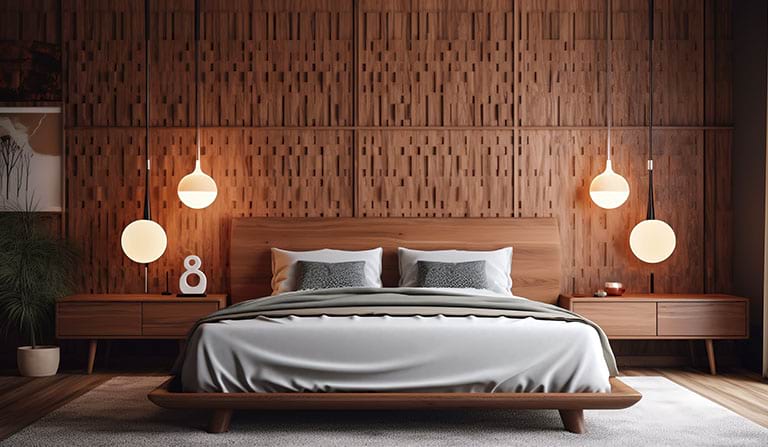How to Choose the Best Ceiling Light
When selecting ceiling lights for your space, it is crucial to consider several elements, including the room’s dimensions and the available ceiling area. A wide range of ceiling lights in various sizes and designs are available to suit any room. For further details, refer to our comprehensive close-to-ceiling light purchasing guide.
However, choosing the appropriate style and color scheme is equally vital! It is essential to select a light that provides sufficient brightness for the space, taking into account any other light sources within the room. To assist you in determining the ideal ceiling light style, Lamps Plus offers a useful guide accessible here.
What is the ideal location in a room for installing a ceiling light?
Typically, the most suitable spot for a ceiling light is at the center of the room. Nonetheless, the exact location depends on your preference and where it will deliver the most effective illumination. Additionally, take into account whether the light will serve as general lighting or cater to a specific purpose. For instance, in a home office, a brighter ceiling light could be positioned directly above your workstation.
Furthermore, if opting for recessed lighting, consider distributing multiple recessed light fixtures evenly throughout the ceiling to achieve optimal light coverage. Track lighting can also be installed in various spots, depending on the room’s dimensions and the number of tracks utilized.
Explore our extensive range of ceiling lights here.
What does track lighting entail?
Track lighting refers to a type of ceiling light arrangement in which multiple bulbs are connected to a singular “track” mounted onto the ceiling. These tracks are available in various colors and designs, ranging from simple straight lines to intricate curved patterns. Typically utilized for task or artwork illumination, one advantage of track lighting is its adjustable bulbs. Each bulb is encased in a “track head” that suspends from the track. Generally, these track heads can be modified to face different directions and angles.
Explore our entire assortment of track lighting fixtures here.

Understanding Recessed Lighting
Recessed lighting is a unique type of ceiling light that, instead of being surface mounted, is situated within the ceiling itself. This involves placing cans inside the ceiling, creating an opening that sits flush with the surface. Light bulbs are then installed to project light downwards. This form of lighting has gained traction, particularly in contemporary homes, due to its emphasis on both aesthetics and functionality. Multiple recessed lights are especially effective, as opposed to using a single ceiling light for an entire room.
Explore our extensive range of recessed lighting fixtures here.
What is the process for installing a ceiling light?
A significant portion of ceiling lights, such as track and recessed lighting fixtures, are hardwired. It is generally not advised for individuals to attempt the installation or wiring of a ceiling light unless they are a professional electricians. To have your ceiling lights installed, reach out to a certified electrician in your local area.
How do insects find their way into ceiling lights?
Numerous ceiling lights feature an integrated exhaust hole and an opening for the wires to exit the fixture. Due to the heat emitted by most lights, insects can be naturally drawn to the light source and subsequently enter the fixture. Once inside, they may become trapped. To remove them, it’s a simple process of unscrewing or taking off the glass and thoroughly cleaning your light.
How can I remove a ceiling light that’s jammed and won’t unscrew?
A frequent issue with flush-mount ceiling lights and those with bulbs concealed behind glass covers is the occurrence of the covers becoming jammed. This problem is particularly prevalent in fixtures where the glass connects directly to the fixture without any additional hardware. It becomes even more problematic when attempting to replace a bulb but encountering difficulty in accessing it.
First, make sure your hands are dry, clean, and at a cool temperature. Utilizing both hands, establish a secure grip on either side of the cover and rotate it in the correct direction, applying a slight upward force to help release the screws. If the cover continues to be stuck, alternate attempts with another individual, or refrain from using the light for a day or two to enable the metal and glass to cool down.
What should I do if my ceiling light produces a “humming” or “sizzling” noise?
When you notice peculiar sounds, such as “humming” or “sizzling,” emanating from your ceiling light, it is likely due to one of two potential reasons. The first relates to the way certain LED bulbs function in fixtures not specifically designed for LED usage. Although the humming noise might be bothersome, it does not indicate a problem with the light itself!
Should your ceiling light emit a sound resembling “sizzling,” we advise promptly switching off the light, removing the bulb, and contacting a professional electrician. The underlying cause could be related to wiring issues.
For additional insights on LED ceiling lights, please refer to our dedicated article on the topic here.
Additional Ideas and Suggestions for Ceiling Lights
Delve deeper into queries about ceiling lights by visiting the links provided, or view our comprehensive selection of ceiling lights at this location.




Leave a comment
You must be logged in to post a comment.